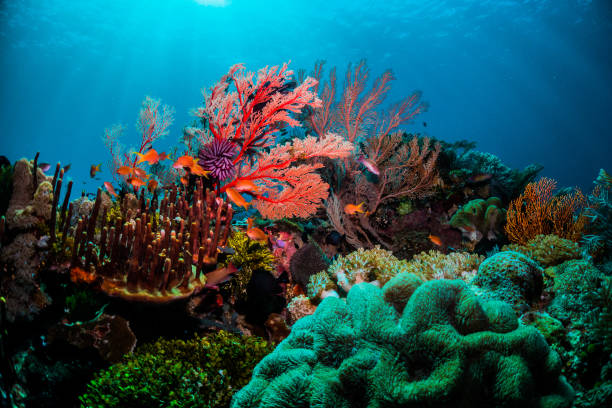Aquascaping, the art of arranging aquatic elements in aesthetically pleasing ways, transforms aquariums into captivating underwater landscapes. Beyond providing a comfortable home for your fish, thoughtful aquascaping enhances the visual appeal of your aquarium. In this article, we’ll explore the principles of aquascaping, from selecting the right plants and decorations to creating harmonious layouts that mimic nature.
Choosing Aquatic Plants:
Live plants not only add beauty to your aquarium but also contribute to the overall well-being of the ecosystem. Consider factors such as lighting requirements, growth patterns, and compatibility with your chosen fish species when selecting aquatic plants. Popular choices include Java Fern, Anubias, and various species of Cryptocoryne. Planted aquariums benefit from a nutrient-rich substrate and a comprehensive fertilization routine.
Creating Depth and Perspective:
A well-designed aquascape incorporates depth and perspective, mimicking the natural environment of rivers, lakes, or oceans. Use techniques such as layering substrate to create different elevations and arranging decor elements to establish visual depth. Placing taller plants or decorations in the background and gradually decreasing height towards the foreground adds a sense of perspective to the aquarium.
Balance and Harmony:
Achieving balance and harmony in your aquascape involves thoughtful placement of elements to create a visually appealing composition. Consider the visual weight of plants and decorations, distributing them evenly across the aquarium. The golden ratio, a mathematical principle observed in natural patterns, can be applied to guide the placement of focal points and create a pleasing overall aesthetic.
Choosing Decor Elements:
Selecting decor elements is a crucial aspect of aquascaping. Rocks, driftwood, and other materials not only serve as aesthetic enhancements but also provide hiding spots and territories for your fish. Choose elements that complement the theme of your aquascape and create a cohesive and naturalistic look. Ensure that decor elements are arranged to allow sufficient swimming space for your fish and avoid overcrowding.
Utilizing Negative Space:
Negative space, or areas with minimal decoration, is an essential element of aquascaping. Providing open spaces allows fish to swim freely and ensures that the aquascape does not appear cluttered. Negative space can be strategically utilized to highlight specific focal points or create areas of interest within the aquarium.
Maintenance and Adaptation:
As your aquarium matures, routine maintenance becomes crucial to preserve the integrity of your aquascape. Trim overgrown plants, control algae growth, and adjust decor elements as needed. Regularly assess the health and growth of plants, making adaptations to maintain the desired aesthetic. The evolving nature of an aquascape allows for creative expression and experimentation over time.
Conclusion:
Aquascaping elevates aquarium keeping to an art form, allowing enthusiasts to create stunning underwater landscapes that rival the beauty of natural ecosystems. By understanding the principles of balance, perspective, and negative space, and by selecting appropriate plants and decor elements, you can design an aquarium paradise that brings joy and tranquility to both you and your aquatic companions.






